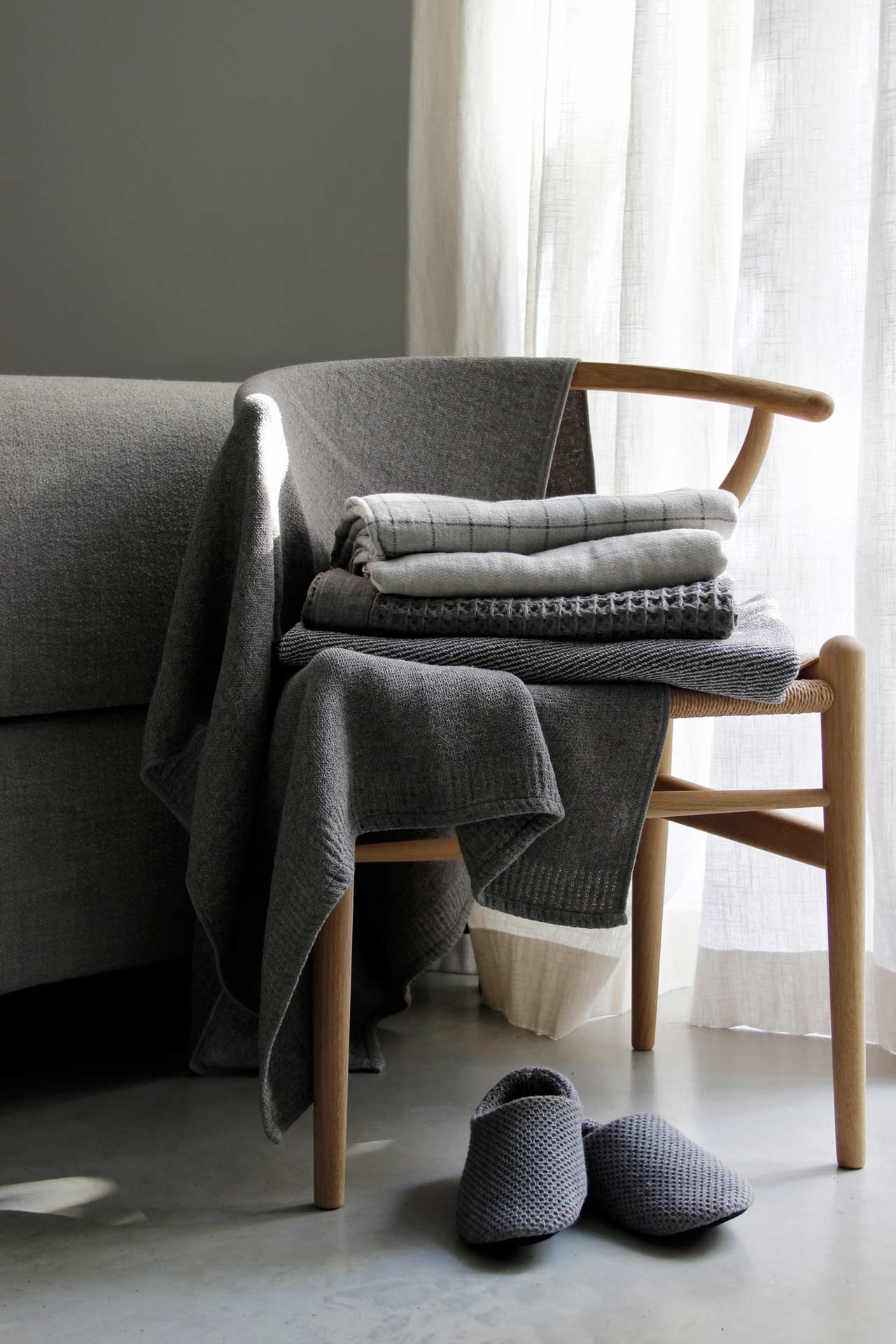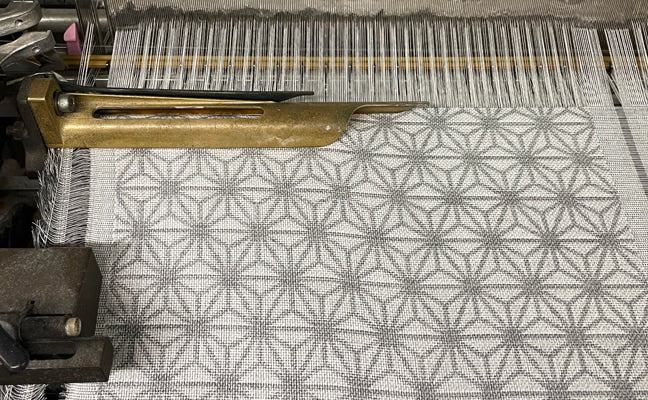At KENKAWAI, our new collection of tenugui towels, named Mon, features traditional Japanese patterns that carry deep cultural meanings. In Japan, patterns are more than decorative motifs; they express natural elements, philosophy, and centuries-old heritage. Each design weaves together symbolism and artistry, having been used for generations on kimonos, ceramics, and in other art forms.

The Tradition of Japanese Patterns
Japanese patterns, known as wagara (和柄), originated in ancient Japan and have been used across textiles, architecture, and crafts for centuries. Many of these motifs are inspired by nature and embody values like harmony, resilience, and continuity. Patterns were traditionally chosen on kimonos to convey specific messages and wishes, making them an integral part of Japanese life and culture.
Classic Japanese Patterns on Mon Tenugui Towels
The Mon collection honors the beauty and symbolism of these patterns, carrying forward their cultural significance through daily items.
1. Seigaiha (青海波) – Ocean Waves
The Seigaiha, or "blue ocean waves," pattern features overlapping semicircles resembling calm waves, symbolizing resilience, peace, and good fortune. This motif evokes the quiet strength of the sea, bringing a sense of tranquility to those who see or wear it.
2. Ichimatsu (市松) – Checkerboard
Named after the Edo-period kabuki actor Sanogawa Ichimatsu, who popularized it in his costumes, the Ichimatsu pattern is a checkerboard design symbolizing prosperity, continuity, and balance. The alternating squares convey a sense of harmony and stability, making this a common choice in traditional Japanese decor and textiles.
3. Raimon (雷文) – Thunder Pattern
The Raimon pattern, inspired by thunder and lightning, features swirling shapes resembling rolling thunderclouds. This ancient motif symbolizes energy and protection, embodying the dynamic forces of nature. Often seen on warrior armor and family crests, it connects the wearer with strength and vitality.
4. Bishamon (毘沙門) – Hexagonal Shield
With interlocking hexagons, the Bishamon pattern represents protection and resilience. Named after Bishamonten, the deity of war and guardianship, this design symbolizes strength and fortitude. Traditionally, it was used on samurai armor and woven into kimonos as an emblem of cultural protection.
5. Asanoha (麻の葉) – Hemp Leaf
The Asanoha pattern resembles the six-pointed leaves of the hemp plant, associated in Japan with growth and endurance. As hemp is known to thrive quickly and robustly, this motif was commonly used in children’s kimonos, representing wishes for healthy growth and resilience.
6. Shippō (七宝) – Seven Treasures
The Shippō pattern consists of interlocking circles, symbolizing harmony, prosperity, and the interconnectedness of life. Named "seven treasures," it reflects abundance and unity, often appearing in textiles and ceramics to remind us of life’s continuity and beauty.

The Legacy and Evolution of Japanese Patterns
Dating back to the Heian (794-1185) and Edo (1603-1868) periods, these patterns remain essential in both traditional and contemporary Japanese design. Kimonos, in particular, were adorned with carefully chosen motifs, reflecting the season, occasion, or sentiment of the wearer, making them more than simple garments—they were personal expressions of art.
Today, Japanese patterns continue to inspire designers around the world. Our Mon collection of tenugui towels embodies this cultural heritage, blending practical use with the timeless elegance of these traditional motifs. Each towel in the collection brings a piece of Japanese history and symbolism into daily life, offering a quiet celebration of beauty and meaning.



